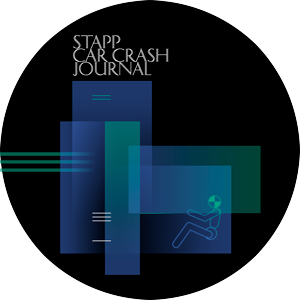Authors: José E. Valenzuela del Río, Elena Arvanitis, and Lucia Mirabella—Siemens Technology, United States; Richard Lancashire, Karan Chatrath, and Peter Ritmeijer—Siemens Industry Software, Netherlands
Abstract
Predicting airbag deployment geometries is an important task for airbag and vehicle designers to meet safety standards based on biomechanical injury risk functions. This prediction is also an extraordinarily complex problem given the number of disciplines and their interactions. State-of-the-art airbag deployment geometry simulations (including time history) entail large, computationally expensive numerical methods such as finite element analysis (FEA) and computational fluid dynamics (CFD), among others. This complexity results in exceptionally large simulation times, making thorough exploration of the design space prohibitive. This paper proposes new parametric simulation models which drastically accelerate airbag deployment geometry predictions while maintaining the accuracy of the airbag deployment geometry at reasonable levels; these models, called herein machine learning (ML)-accelerated models, blend physical system modes with data-driven techniques to accomplish fast predictions within a design space defined by airbag and impactor parameters. These ML-accelerated models are evaluated with virtual test cases of increasing complexity: from airbag deployments against a locked deformable obstacle to airbag deployments against free rigid obstacles; the dimension of the tested design spaces is up to six variables. ML training times are documented for completeness; thus, airbag design explorers or optimization engineers can assess the full budget for ML-accelerated approaches including training. In these test cases, the ML-accelerated simulation models run three orders of magnitude faster than the high-fidelity multi-physics methods, while accuracies are kept within reasonable levels within the design space.
Keywords: Reduced order model, machine learning, neural networks, airbag deployment
Event: 67th Stapp Car Crash Conference
Type: Full Paper
